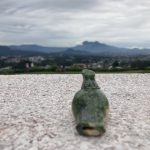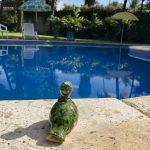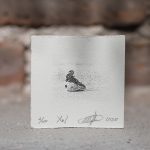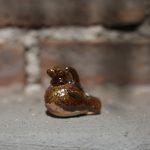
Marilyn Boror
Maya-Kaqchiquel artist, independent curator, art professor. Graduated in art from the University of San Carlos de Guatemala, recognized for her extensive handling of various materials and a committed social artistic practice. His work has been presented in exhibition spaces in Germany, Spain, Mexico, the United States, Canada, Venezuela, Chile and all of Central America.
Guest artist of the XXII, XX and XIX Bienal de Arte Paiz de Guatemala; the Biennial of the South; “Pueblos en resistencia”; Caracas, Venezuela and the Biennial in Resistance 2019 Guatemala. He has received scholarships for artistic creation, production and research at Yaxs (GT), Utopia Foundation (ESP), EspIRA (Space for Artistic Research and Reflection) (NIC), Theoretical Foundation (CR), Colorado College (USA). She is currently a professor of the Diploma in Visual Arts and the ESPA Artistic Production Space of the Municipal School of Visual Arts of the Municipality of Guatemala. His work is part of the Latin American collection of the Reina Sofía Museum in Spain and the Ministry of Culture of Spain.
Project: We all want to go to the mountains
The ambivalence of the landscape; gray, concrete, buildings, shopping malls, cinemas, elevators, power stands, traffic lights; versus green, brown, mountains, trees, hills, fields, adobe buildings, lakes, rivers, mud.
This duality, between large cities and rural areas is clear, on the one hand, the “Civilization, culture, teaching, enlightenment, progress, advancement, perfection”; on the other hand “The barbarism, the delay, the uneducated, the rustic, the original”. Symbol of desire and yearning that transplants lives from the mountains to large centralized cities, mostly indigenous people from rural areas who adapt to an environment not very friendly to their worldview and way of life. This transplant means: Leaving part of the roots in the mountains to live in the city.
Instructions
Recognize the struggle of grandmothers in the history of our bodies and territories.
- Record the smell, color, taste, texture and sound of the earth.
- Recognize part of the green, brown, yellow, orange and blue landscape.
- Roll up in the landscape
- Rooting yourself deep within the earth.
- Embrace the roots of those close.
- Remember forgotten objects, make them an altar.
- Repeat carefully: My body has memory, my body has memory, my body has memory, my body has memory.
- Remember that the clay with which the comal was made has a memory of the hill from which it was extracted.








